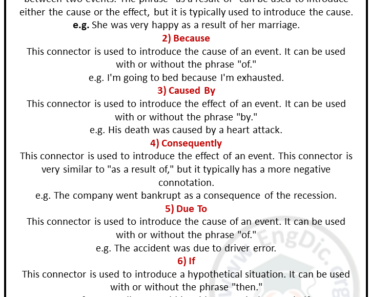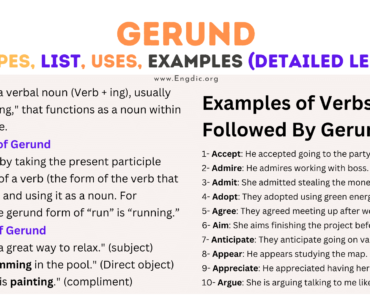Connectors of Comparison (Definition and Example Sentences)

We use comparison all the time in our speech and writing, often without even realizing it. We compare people, objects, ideas, and experiences to help our listener or reader understand what we’re talking about.
To do this, we use connectors of comparison. In this blog post, we’ll explore the different types of connectors of comparison and provide some examples of sentences to illustrate their usage. So let’s get started!
Detailed List of Connectors of Comparison
1) Similar To
This connector of comparison is used to compare two things that are alike in some way. For example, you might say “She’s similar to her brother,” or “The new house is similar to the old one.”
2) Almost/Nearly
This connector of comparison is used to compare two things that are very close in value. For example, you might say “The new car is almost twice as expensive as the old one.”
3) As
This connector of comparison is used to compare two things with a common attribute. For example, you might say “As I expected, the test was difficult.”
4) In Comparison To
This connector of comparison is used to compare two things by contrasting them. For example, you might say “In comparison to my other classes, this one is much easier.”
5) Unlike
This connector of comparison is used to compare two things that are dissimilar. For example, you might say “Unlike her brother, she is very shy.”
6) Comparatively
This connector of comparison is used to describe the comparative form of an adjective or adverb. For example, you might say “The room was comparably small,” or “She ran comparably faster than he did.”
7) Jointly
This connector of comparison is used to link two clauses together where the second clause describes the first. For example, you might say “I went to the store jointly with my mom.” This usage is often seen in legal documents.
8) In Terms Of
This connector of comparison is used to compare two things by discussing their relative worth. For example, you might say “In terms of price, this is the best option.”
9) Relative To
This connector of comparison is used to compare two things by discussing their relationship to something else. For example, you might say “The new house is larger than the old one relative to the lot size.”
10) In Accordance With
This connector of comparison is used to compare two things by discussing how they are similar or different when compared to a set standard. For example, you might say “The new car’s gas mileage is in accordance with the EPA’s standards.”






